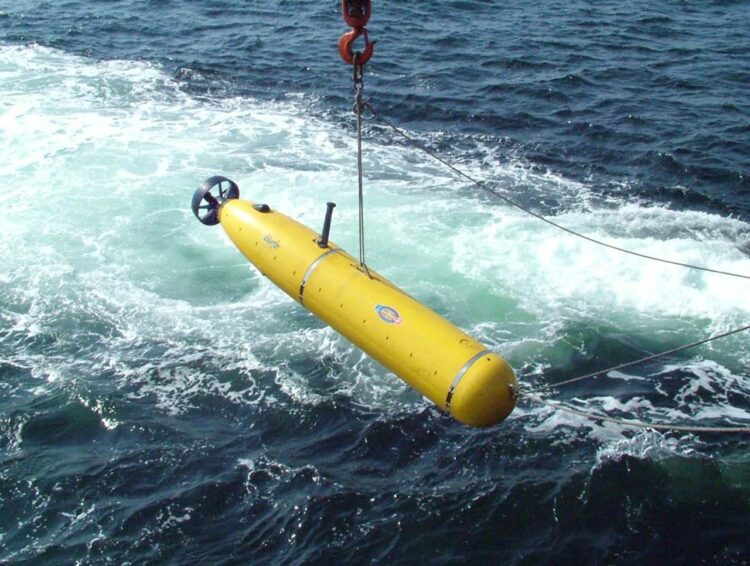In a bid to bolster security measures along the Indian coastline and the strategically significant Pangong Tso Lake in Eastern Ladakh, where tensions between Indian and Chinese forces have persisted since 2020, the Indian security forces are all set to deploy state-of-the-art unmanned weaponized marine boats and undersea drones’ swarms for comprehensive above and below water threat detection.
The Indian Navy has recently granted the approval for the acquisition of twelve autonomous weaponised boat swarms, a groundbreaking development engineered by Pune-based Sagar Defence Engineering.
Capabilities of the Boats
The founder of Sagar Defence Engineering, Nikunj Parashar, shared insights during the ongoing Naval Innovation and Indigenisation Organisation exhibition at the Bharat Mandapam explained, “These boats will provide significant tactical advantages in underwater and surface warfare as they have multi-mission capabilities.
The boats have two cameras (advanced cameras) in front and back for surveillance and also possess a day and night tracking system. and are armed with 12.7mm SRCG gun for neutralizing any threat and can be easily controlled from a remote station and is also equipped with an Unmanned Underwater Vehicle. from which one can control multiple boats
These cutting-edge boats are capable of operating 48 hours in a single fuel tank and offer 360-degree external and internal situational awareness. In addition to the GPS, the boast was equipped with ISRO’s navigational system (NAVIC), which ensures navigation even if signals are lost. Out of the 12 boats, 10 of them will be retained by the Indian Navy, and two boats will be provided to the Indian Army for operations in Pangong Tso.
The Navy’s recent approval is a significant step forward, and the next phase will involve the issuance of a request for proposal followed by the delivery of the technologically advanced boats. The boats are named Mata Matangi, and they can operate at night, possess a payload capacity exceeding 2000kg, and can attain speeds of 50 knots and more. It also has the capability of withstanding topples and rising waves up to six meters in length
Operations in LAC
Pangong Tso, a 134 km long saltwater lake situated at the height of 4,350 meters in Eastern Ladakh, has been under intense surveillance by both Indian and Chinese forces along the Line of Actual Control (LAC). Two-thirds of the lake is found in China, and one-third portion of the glacial lake is in India.
In response to the Chinese threats, the Indian Army had previously ordered 12 boats and 17 troop-carrying fiberglass boats from the Indian DPSU Goa Shipyard Limited (GSL). The addition of these unmanned boats is a strategic move to enhance Indian forces’ surveillance capabilities and counter PLA Heavier Type 92 Patrol Boats in the Region.
Indian Navy Drone Swarms
In addition to the unmanned boats, the navy has also placed an order of 30 underwater swarming drones referred to as Autonomous Underwater Vehicles (AUV) from Sagar Defence Engineering. These AUVs will be used for mine detection and countermeasures. Parashar explained their functionality by saying, “All these AUVs communicate with each other beneath the sea. When a Mother AUV identifies an underwater mine, it will send another AUV for surveillance and dispatch an extended AUV to defuse the mine or neutralize the mine.
Apart from mine detection and neutralisation, these AUVs can be used for hydrographic survey and asset monitoring. Furthermore, the Navy has ordered seven more drones designed for cargo lifting and medical evaluation purposes and to enhance its overall mission capabilities and reinforce India’s maritime security efforts along the coastline and the strategically vital Pangong Lake




















Comments